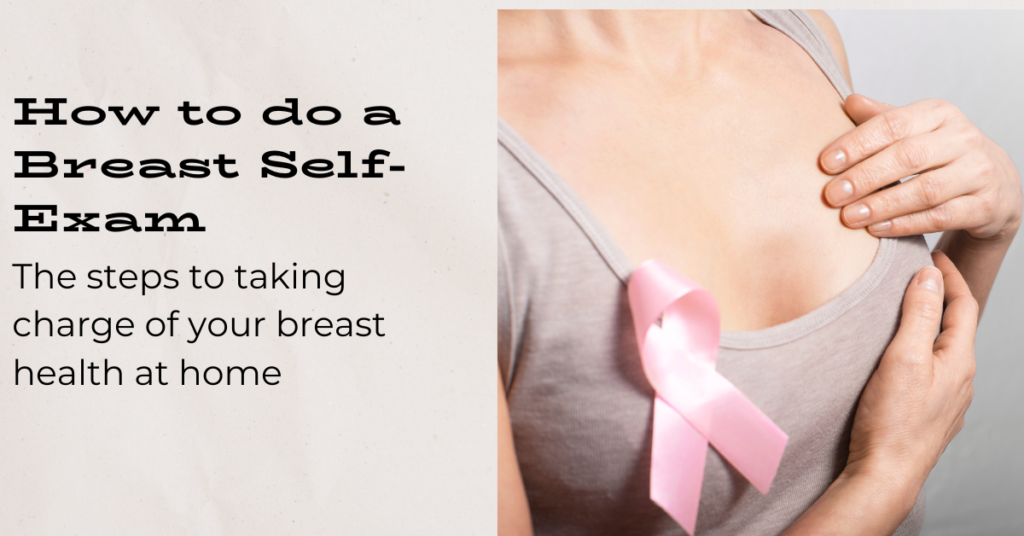
Regularly examining your breasts is a key part of spotting abnormalities before a mammogram does. While it’s recommended that you should check for a lump once a month, it can still be confusing to know exactly what you’re looking for. Here, we’ve outlined some steps to help you self-examine and figure out when to be concerned.
Check at the right time of the month
If you still have your menstrual cycle, there is a possibility that you may experience fibrocystic changes during your period. Fibrosis is just one of a few different causes of new lumps and textures that are unrelated to breast cancer. This is why checking your breasts 3 to 5 days after your period ends is crucial to get an accurate idea of what your breasts are like. Even if you are post-menopausal, doing it at the same time each month will get you into a routine.
Check while lying down and standing up
Some women prefer to check while in the shower, but it’s a good idea to examine while lying down as well. While on your back, move your arm above your head. With the middle fingers of your opposite hand, press down firmly and move in small circles around the breast tissue. Use different patterns of motion and examine the whole breast. Then, switch to the other side.
While standing or sitting up, gently squeeze each nipple to check for any signs of discharge. Make sure to use a mirror, too. Look for changes in skin texture or a rash- rough, indented and bulging skin are sometimes a cause for concern. You may want to take note of any changes to the shape or outline. The overall goal is to get used to what your breasts are like normally, so that you can spot changes if they occur. Keep in mind that most breasts are asymmetrical.
Breast self-exam controversy
There are mixed opinions when it comes to whether or not regular breast self-exams are helpful or not. While it’s a good idea to check for a lump, not all lumps are worth further testing. It may result in unnecessary appointments and even biopsies. There are quite a few studies, including this one, that has found that self-exams do not impact survival rates. While some organizations like Breastcancer.org recommend self-examinations, others such as the American Cancer Society no longer recommend it for women at average risk. However, the ACS does recommend that you get to know what your breasts are like and see a doctor if there is anything unusual. Be sure to make an appointment if you see any of the signs or symptoms mentioned here.
Breast self-exams for high-risk women
Many doctors still firmly believe in the benefit of self-exams for women at a high risk of being diagnosed. Most women are at average risk- a 1 in 8 chance. The risk doubles if a woman has a sister, mother or child who has had breast cancer. Also, consider these other factors, both genetic and lifestyle, to determine if you’re at a higher than average risk.
Despite conflicting opinions, talking to your doctor who knows your personal medical history is the best course of action. If you’ve already had breast cancer, there is definitely a need to do regular self-exams and mammograms.